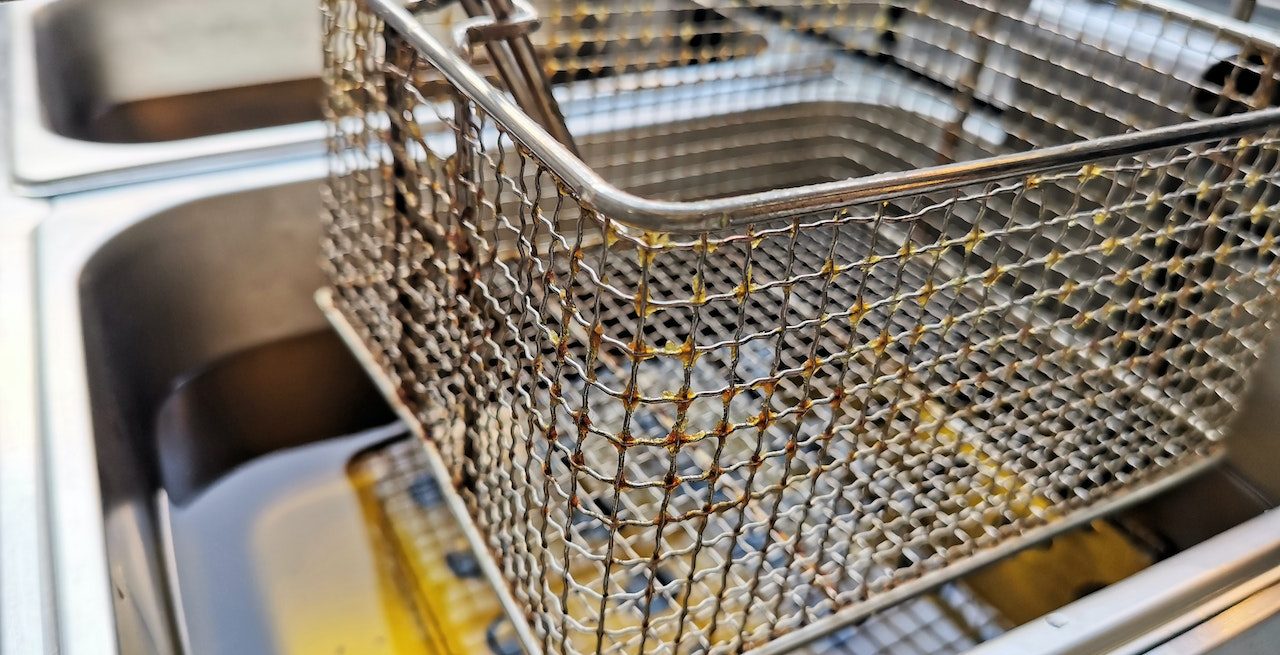Extend the Deep Fryer Sweet Spot
4 Min Read By Corby Stow
Cooking oil filtration is crucial for better food quality and cost savings
Scan the menus of the most popular and trendy restaurants across the country and you’ll find a heavy dose of fried delights. Hot, crispy and crunchy menu items are pleasing to consumers, but are only part of the equation for most eateries. Restaurant managers must keep a watchful eye on cooking oil, not only from a food quality standpoint, but from a cost analysis as well. Without proper oil management, a restaurant’s bottom line can suffer — impairing food quality and draining resources.
Let's dive into why proper oil management techniques are vital to increasing quality and your bottom line.
Why Cooking Oil Breaks Down
Three common chemical reactions contribute to the breakdown of cooking oil: oxidation, hydrolysis and polymerization.
Oxidation occurs when oxygen molecules react with long fatty acid chains in the oil and break them up. Heat catalyzes the reaction and accelerates oxidation. Additionally, trace metals, foreign matter, and UV light can cause further oxidation.
Hydrolysis is caused primarily by hydrogen molecules in water reacting with frying oil, giving fried foods an acidic or tainted flavor. Excess moisture, high temperatures, foreign matter, emulsifiers, and the free fatty acids caused by oxidation also contribute to hydrolysis.
As frying oil breaks down, non-volatile products of oxidation and hydrolysis begin bonding together (polymerizing) at high oil temperatures, forming clumps that accumulate on the oil’s surface. If these particles are large enough, foaming will result, further accelerating the rate of oil breakdown.
Finding the Sweet Spot for Cooking Oil
The “sweet spot” for oil is achieved when fried food items are not too light or dark in color, and have a clean flavor and crisp texture. Discarding and replacing cooking oil on a scheduled calendar — whether it’s needed or not — can result in higher food costs without any noticeable taste benefits to the fried items.
Instead, filtering cooking oil can lead to both better-tasting, higher-quality foods and higher profits. By filtering oil at least once per day, the oil’s usable life can span be stretched to seven days with a five-day sweet spot, whereas replacing oil without filtering only lasts about two to three days, and will only be at its best for about one day.
It’s hard to overstate the importance of frequent filtration — and not just to remove large, visible chunks of food debris. Even down at the microscopic level, leftover food particles can react with oil and break it down, in turn affecting food quality and safety.
With best oil filtration practices, and regular testing of oil quality, you can ensure that your customers, and your bottom line, are thriving.
The Rising Cost of Fryer Oil
The average price per unit (PPU) in the edible oils segment of the food market in the United States was forecast to continuously increase between 2023 and 2027 by a total of 10.27 percent, according to Statista Research. This is after edible oil prices already underwent a steep increase in 2021 and 2022. Since oil prices are expected to continue to rise, and fry oil can be as much as 10 percent of total restaurant food costs, it is a commodity that needs to be conserved and maximized as much as possible.
Whether your restaurant uses soybean, peanut, corn, canola or blended oil, an oil management program that is strategically designed and scientifically informed can reduce oil consumption by more than 50 percent, resulting in significant savings. Knowing the proper time to discard oil is key. There are obvious signs of oil degradation, such as foaming, smoking, or soaping, and more importantly, a funky taste to the finished products.
But long before these signs become apparent, it is important to know the total polar materials (TPM) and free fatty acid (FFA) levels of cooking oil. When TPM exceeds 25 percent or FFA exceeds two percent, the oil should be discarded. To check TPM, a di-electric TPM meter (which cost roughly $500) can be invaluable. There are also inexpensive FFA test strips to check an oil’s composition after it has been filtered.
Adverse Effects of Poor Oil Management
Using old frying oil can have many negative impacts, especially on the quality of fried foods. As old oil breaks down, it absorbs into the food, causing it to look darker and imparting a rancid smell and taste — not things that restaurant patrons will appreciate. Moreover, using old oil has adverse health effects, with high levels of TPM and FFA being carcinogenic. To avoid this, it's essential to have frying oil management SOP that specifies when to filter cooking oil and when to discard it.
When rotating or “cascading” oil with multiple fry vats, operators often run into bad operational practices by using old oil to top off fry vats containing new, clean oil. This will cause the new oil to turn dark and break down faster. Essentially, operators are spoiling new oil with old oil.
To extend oil life (and associated costs), implement routine filtering after each meal period, calibrate fryer temperatures to not exceed 350 degrees F, minimize the amount of ice crystals or water that enters the fry zone, and skim debris from the oil. With these best practices, you’ll ensure the maximum life of your oil, and both your budget and your customers will thank you for it.


